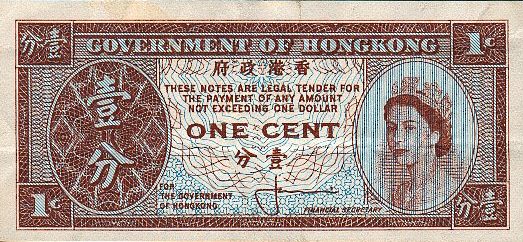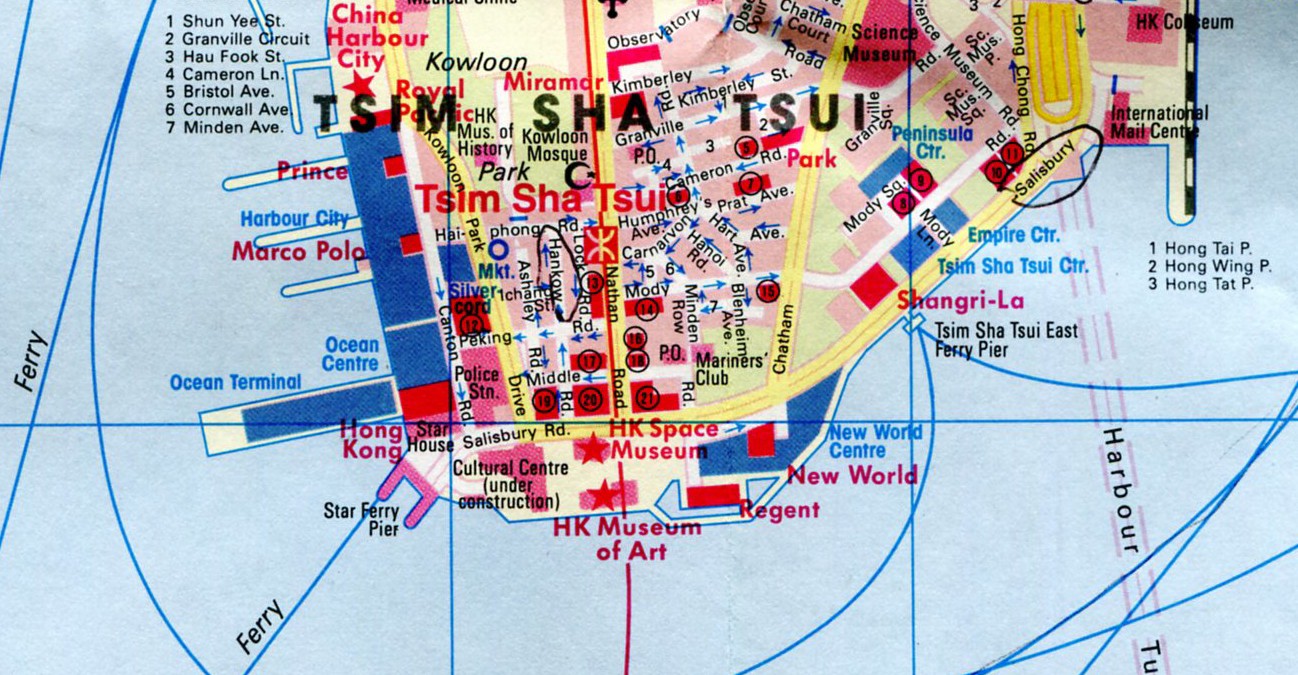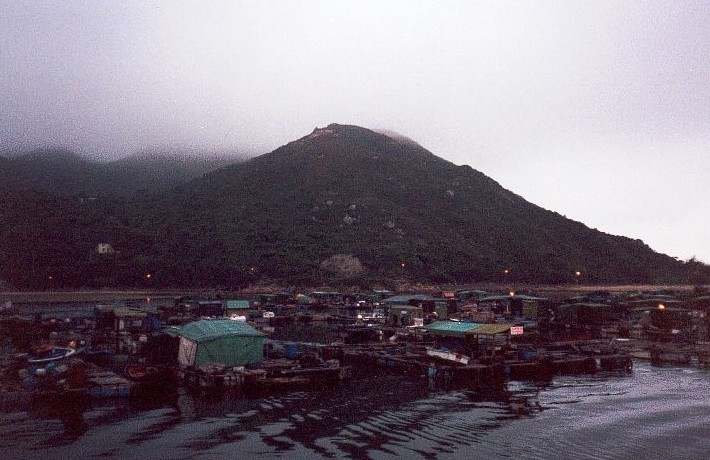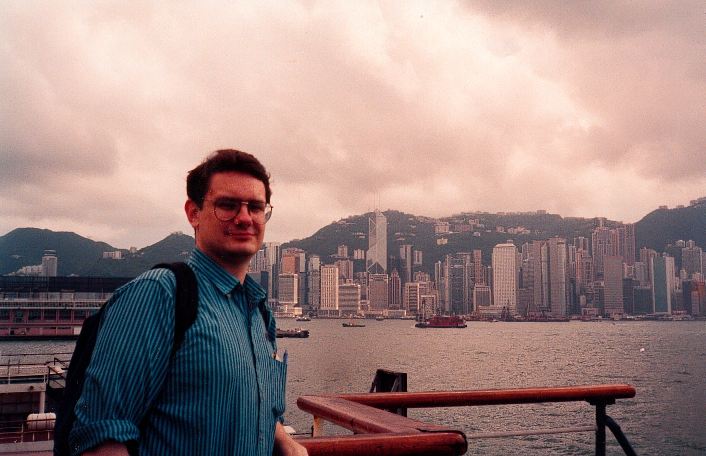On September 11, 1994, we boarded a train in Beijing that would take us to Ulaanbaatar, which is about 1,200 miles. That was the first leg of taking the Trans-Siberian, though the company which arranged our trips called the route the Trans-Mongolian, as it didn’t originate in Vladivostok. A quibble.
One thing do to before the train left was visit the engine.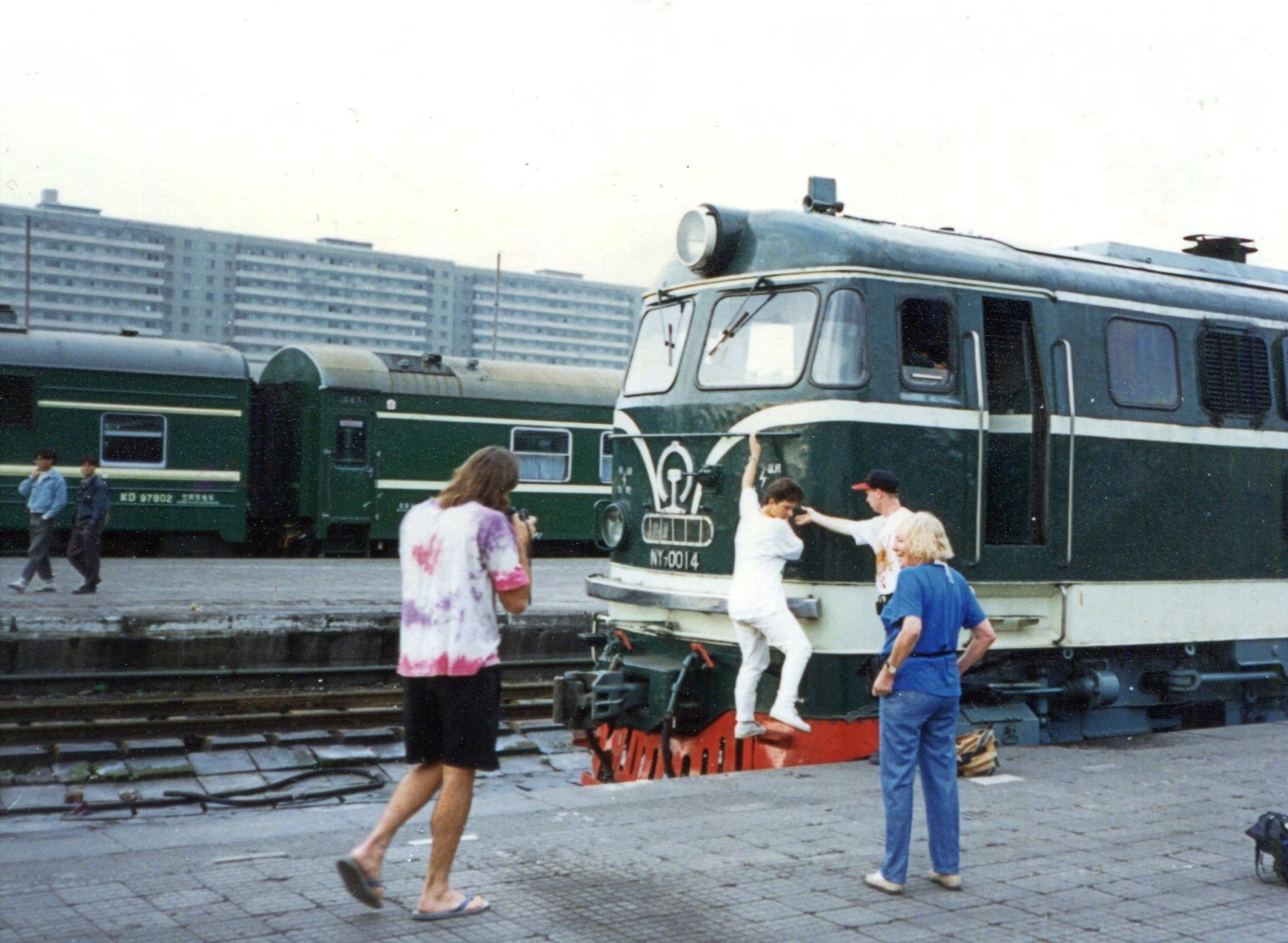
And stand on the front, to pose for pictures. I think the woman stepping off the front was Iris, a Swiss we met on the train and corresponded with for a few years afterward. Of course, I had to pose as well. Yuriko didn’t want to do anything that silly.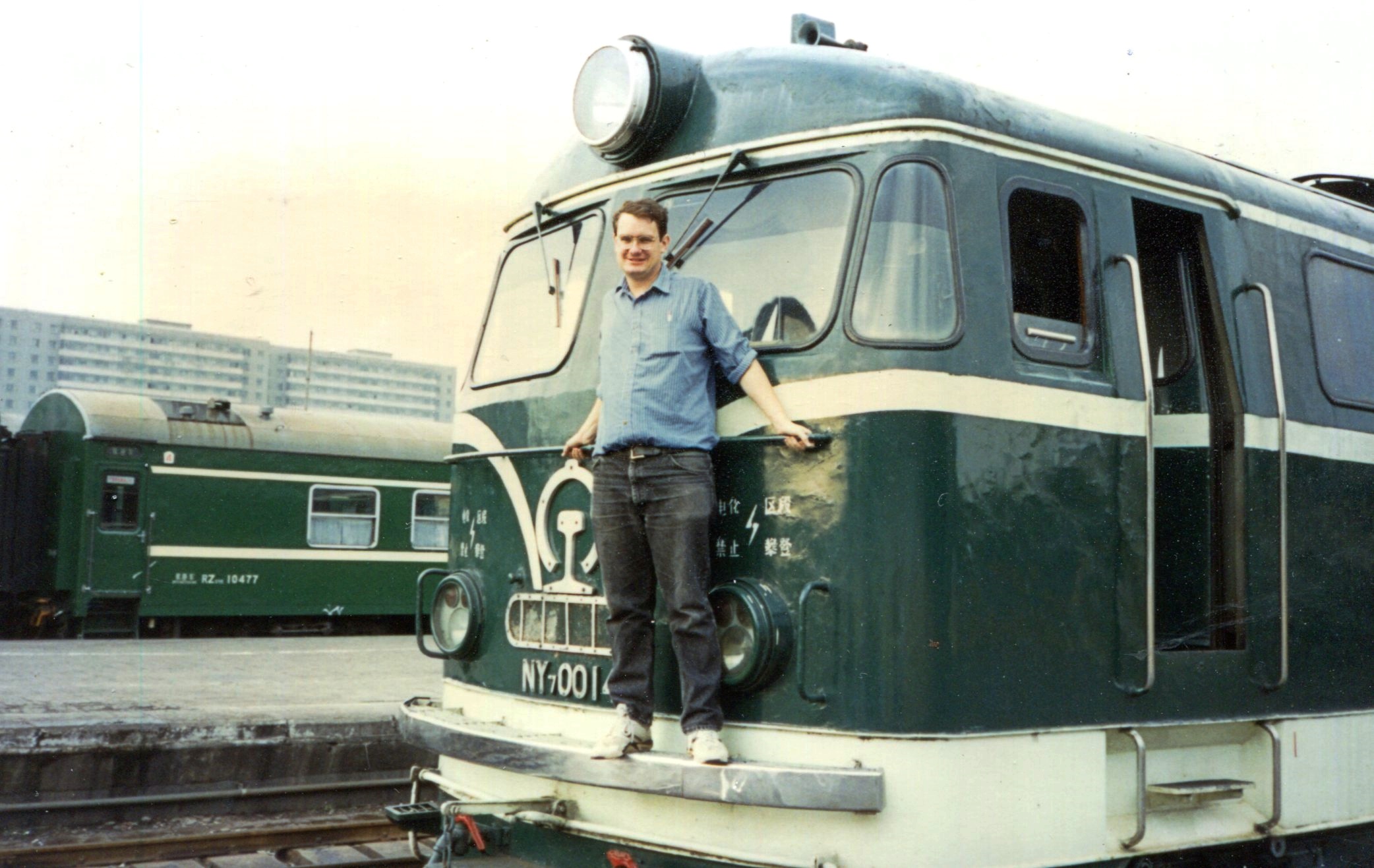
The booking company was called Moonsky Star, located in Hong Kong, as noted on the self-printed booklet we received when we booked passage from Beijing to Moscow, about 4,880 miles all together. After Ulaanbaatar came Irkutsk and then Moscow.
The booklet was most informative about the trains, the accommodations, the cities and other places along the route, visas, and more.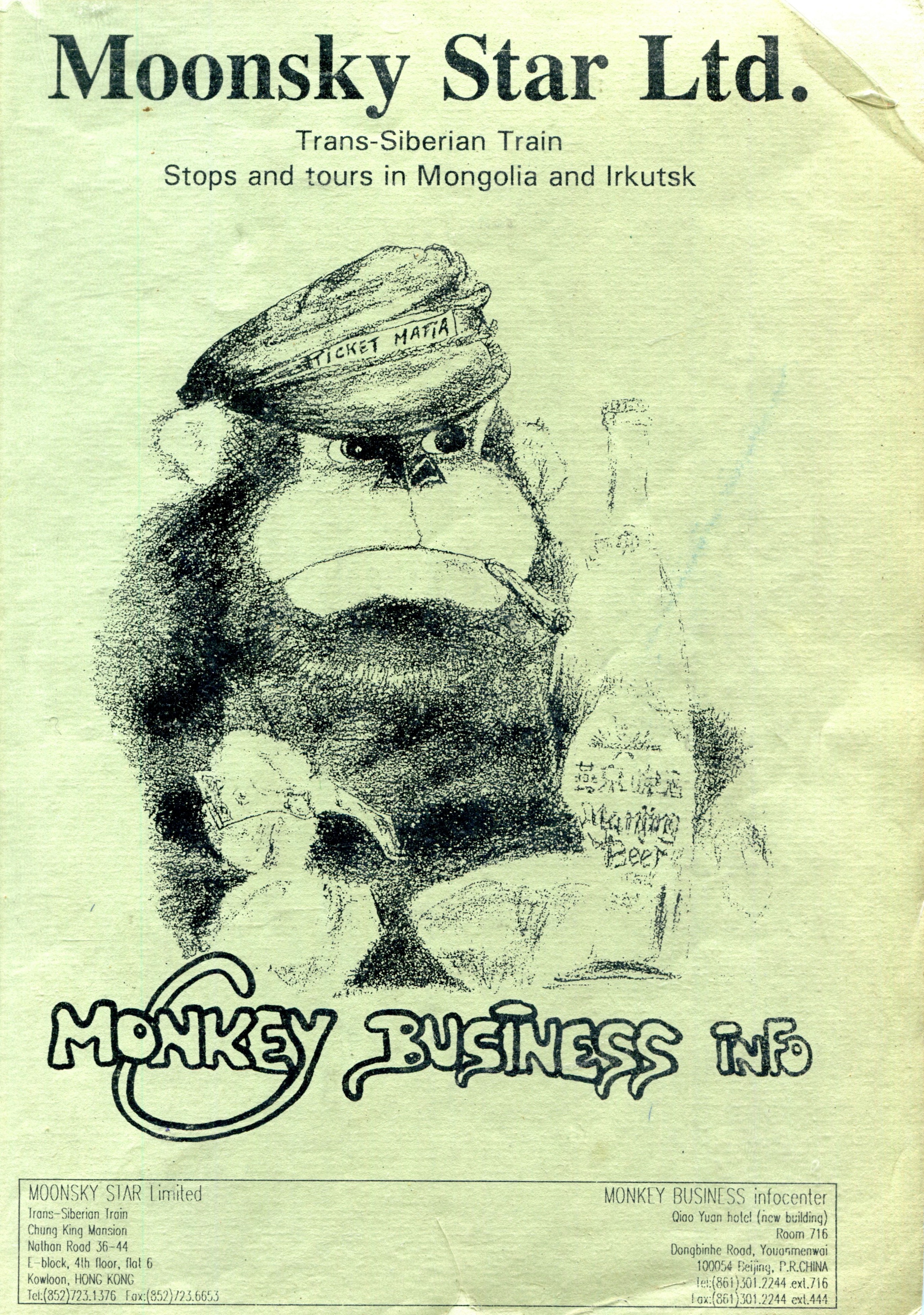
The chimp was the company’s cartoon mascot. Formed in the late ’80s, as passage across Eurasia had become somewhat easier, Moonsky had offices in the warren-like Chunking Mansions in Kowloon, which I understand is still there, and about the same as it ever was. Looks like the potential for a terrible deadly fire.
Some years ago, I checked, and Moonsky Star was still doing business; but today I checked again, and it seems to have closed up shop. Could be too many other ways to get tickets these days; or the pandemic as last-nail-in-the-coffin; or the fact that Russia’s at war at the moment, and demand to ride the Trans-Siberian might be in a slump; or who knows what else. Maybe the proprietor retired or died.
Too bad in any case. I don’t have a bad thing to say about the company, which delivered the goods for us, allowing us to spend about two weeks getting from a remarkable point A to a remarkable point B with much in between.
